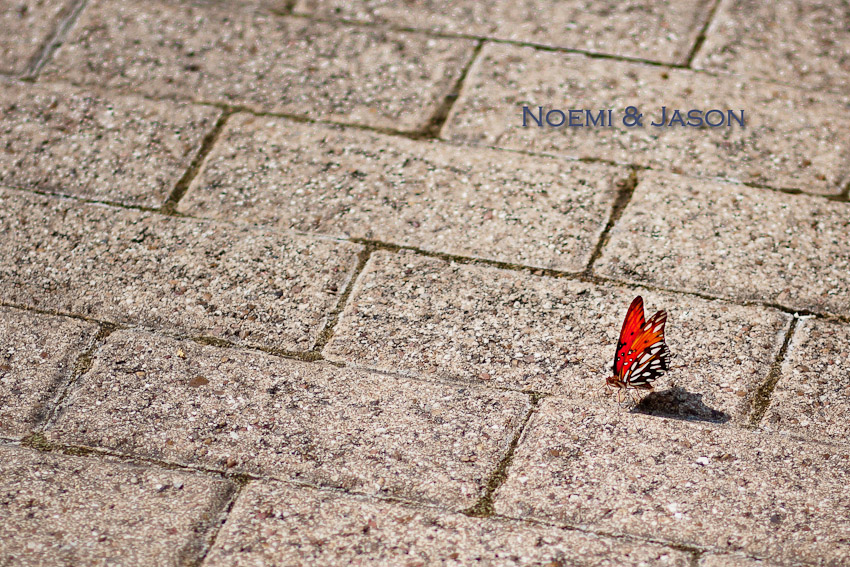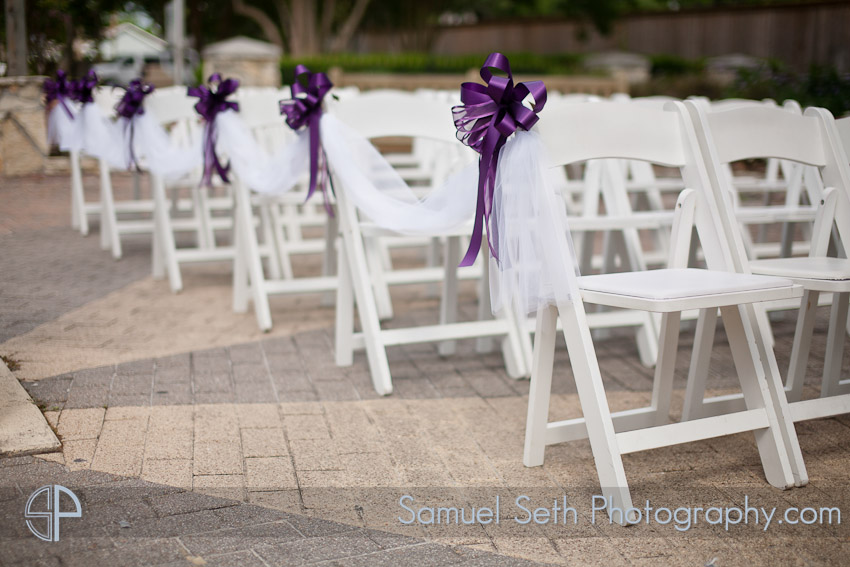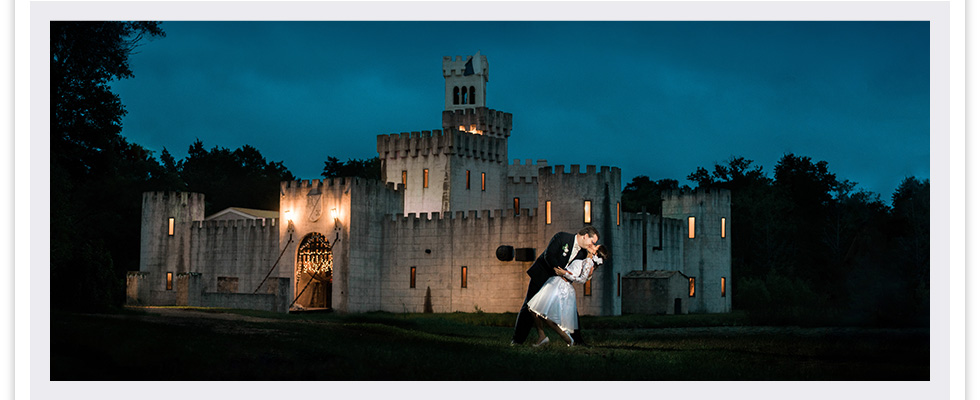It’s been a while since I’ve done a gear review post. I’ve been itching to get this one done, and while it has little to do with wedding or portrait photography, I still like writing my thoughts on an item to possibly help others who are looking for a similar product. When I’m interested in a particular item, I usually research it thoroughly- reading reviews, looking at photos, and reading more reviews. Unfortunately, I found little detail in regards to this particular product. I got some positive responses from the last couple of product reviews I did (Lowepro Flipside 400 AW; Crumpler 5MDH) so I hope this one is equally well received and may even help someone decide which bag is right for them.
I’ve had my eye on Billingham Bags for quite some time now. But I didn’t get one until recently. The reason I wanted a little bit larger bag than my 5MDH, was so that I could carry a camera and a few lenses and a flash or two if needed. The 5MDH just does not fit those needs, it’s too small. So after much reading, I set my sights on the 206/225 models of Billingham Bags. I initially wanted one Khaki in color with Tan Leather Trim, but then I saw they made a Black one with Tan Leather Trim. I was almost ready to get one in that color scheme, but it occurred to me: I do not want to draw attention to my bag or what’s inside it. Drawing attention attracts thieves. So after pondering the matter for a while, I decided to do the Black on Black color scheme. Very subtle, very classy.
I’m going to run through several photos of the bag being worn from all angles to demonstrate the bag size in relation to a 6′ tall (1.8 M) person. We’ll pick up the review below.










Billingham Bags are well known for their excellent build quality and attention to detail. Just a brief rundown of the craftsmen who make these fine products: They’re based in the UK, and started out making fishing bags, but once they saw how nifty these fishing bags were for photographers uses, they switched over to making camera bags. They use a heavy duty canvas material for their bags which is water proof. Not to be confused with water tight. If you have the lid closed and pour water or rain on top of this thing, your expensive electronic gear inside will stay nice and dry. However tossing the bag into your local pool or lake will effectively ruin the bag and anything inside. The bags are trimmed with genuine leather that smells and feels great. For hardware they do not cut corners either- for the tan bags they use brass hardware; for the black backs they use nickle hardware. The hardware includes things like the snap buttons, buckles, stud fasteners and foot pegs on the bottom of the bag.

Here’s a detail shot of the stud fasteners that hold down the top flap. Cleverly designed with nickle studs and leather straps which have holes just big enough for the studs to fit through for a tight fit to keep the flap closed. If you want an even more secure closure, you can pull up on the straps to secure them in the keyhole slot, thus requiring a pull down, then pull out on the leather straps to open the bag. The thing I love about this system: It’s silent. No noisy Velcro or zippers to fuss with, and no dangling metal buckles that clang around as you move stealthily through the chapel.

Below is a detail shot of the keyhole strap/ nickle stud fastening system. You pull up and out on the strap to release it from the stud. You have to press it down to re-fasten it. I also like how there’s two keyholes- the bottom keyhole is for larger loads where you need a more space, and the top keyhole is for smaller loads and a sleeker fit.

The top hand strap joins together with a smooth leather flap embossed with the company name and two nickle snap buttons. It’s just the right size and fits in your hand nicely, and is easy to carry with this handle. The straps are anchored in such a way that the weight is distributed nicely and evenly to the handle.

Below is the inside of the grab handle flap. Note the leather dye either rubbing off, or not getting sufficiently infused with the bottom side of the hide. I’m honestly a little disappointed with this, but you don’t normally see this side of the flap so it’s not a big issue. The buttons come apart and snap together with a good balance of resistance and ease.

The shoulder strap is nicely padded and very grippy. There is a rubber pad on the underside of the strap that holds the strap on your shoulder very well. Depending on how much you have loaded into the bag, your shoulder is obviously going to ache after a long day and a heavy load. But for moderate loads such as a few prime lenses, the strap is comfortable for an entire wedding. I noticed some of the adhesive cement oozing out from between the leather top of the strap and the rubber underside. It’s not a big deal, but if you’re a stickler for detail, you can easily trim this off by pulling it with your fingernails.

The top of the shoulder strap is finished in leather stitched to the rubber pad, and the button loop fasteners not only secure the pad to the shoulder strap, they also allow for the pad to slide freely. This allows the bag to be more comfortable and ergonomic. It slides easily from the front of your body to access the bag, to the back of your body when not in use.

Below is a detail shot of where the shoulder strap connects to. The flap can be unfastened to adjust the length of the strap by about 5-inches (12.7 cm) on each side. Fastening the button to this leather strap shortens the strap, and unfastening the button lengthens the strap. This adjustment is in addition to the normal shoulder strap length adjustment buckle found on most straps.


It can be difficult to get this button fastener to slide past the leather buckle so that you can shorten the strap. With a bit of effort, it gets there though.

Below is the back side of the Billingham 206. Notice how the leather-trimmed top flap covers over the back zipper area. The top grab handle is fastened securely to what feels like a metal brace inside the top flap, covered with a sturdy leather strip stitched to the canvas flap. The small loop(s) in the middle of the leather strip as well as the two on the bottom of the bag are for adding this bag to some of the larger Billingham Bags by means of a buckle system they use.

Below is a detail shot of what’s under the back flap. It’s a small flat compartment with a zippered closure, suitable for documents, small manuals or other items that are no thicker than an inch or two. I like to keep my flash gels in there, perhaps some model release documents and a copy of the Photographer’s Rights Document.


The bottom of the bag is finished with leather ends stitched to the canvas, topped with nickle studs for feet so that when you set it down, it doesn’t get too dirty, and makes a nice “clack” sound when you set it down on tile or wood floors. The nickle hardware looks just as it does here. It’s not white like silver or chrome, it has a slight copper tint to it. You may notice some natural imperfections in the leather trim, evidence that this is actual cow hide, and this particular bovine got a little too close the the barbed wire, hence the scratch impressions on the leather itself. You’ll often see these same marks in fine leather coats and other leather goods such as sofas and automobile seats.

Again, the loops on the bottom are used for stacking and fastening onto other larger Billingham Bags with a buckle system.

Below is the front of the bag with the top handle unfastened. You must unfasten the top grab handle to lift the flap. My one gripe about this system is that in order to fasten the leather straps to the nickle studs, you have to thread the straps through the nickle buckles (seen under the straps) and then pull them onto the studs. This requires a bit of effort and some practice to do gracefully, and I don’t think it can be done quickly regardless of the amount of practice.

Here’s a peek under the bonnet…
 A detail shot of the leather straps reveal the same dye fading with friction and use. Not a big deal as this is the underside of the strap. But look at that leather trim on the flap so neatly stitched! Gorgeous!
A detail shot of the leather straps reveal the same dye fading with friction and use. Not a big deal as this is the underside of the strap. But look at that leather trim on the flap so neatly stitched! Gorgeous!

Again, that lovely leather trim!

Once the top waterproof flap is open, you get to the opening of the bag. It is closed by two zippers that are of very high quality and nice, tight teeth. They zip with a quiet finesse that whispers ‘quality’.
Also notice the company logo embossed on the leather trim, along with the “PressTop” logo. I’m assuming this is a trademarked feature which is supposed to allow you to press the top opening to the sides allowing free access to your gear. More on this feature later.
Another neat feature of the photo below- Next to the zippers and between the leather trim and the canvas that it is so meticulously stitched to, is a metal strip which holds the mouth of the bag opening straight and sturdy. Extremely well made.

Front of the bag, flap open. Notice another grab handle once the flap is open, as well as the two pockets on the front of the bag.

This is the front flap of the two pockets pictured above. The leather straps unbutton with a bit of effort, but this may be from the bag being relatively new. At the moment it’s best if you can hold the flap down while pulling the leather strap.

Lifting the front flap reveals two small pockets which will fit a variety of items. You could fit a Canon 580EX flash in them if you’re in a pinch, but I keep extra camera batteries, a wireless trigger, maybe some lens filters and my angle finder in them. There’s also small pen pockets beside the larger pockets that allow you to carry a lens pen, a sharpie marker or some other small device shaped like a pen.

With the top flap open, the grab handle with the leather grip just dangles. I’ve found this to be irritating while walking. It tends to slap the bottom of the bag and my leg in the rhythm of my gait.

Looking down on the bag with the top flap open, you’ll see the dividers inside the well-padded interior. Notice the two padded flaps just under the zip top closure. With the ‘PressTop’ System, you’re supposed to be able to press the top of the opened bag to the sides of these padded flaps, allowing unhindered access to the top of the bag. For me, the flaps do not seem to want to stay open. It may take some breaking in to get them to perform like they’re intended.

This photo below shows the PressTop flaps folded back like they’re supposed to be, allowing access to the bag. A 580EX is being used to hold open the bag so you can see the olive green interior. The small square dividers can be removed leaving a large empty bag. I leave them in place to store flashes, lenses etc. The bag is large enough to fit a gripped 5D/1D body (although the photo below shows an ungripped 5D with a Sigma 50 1.4 mounted). When you’re on the job and your camera is in hand, you can fit much more inside. I can easily fit 3 lenses and two flashes. I will probably have to purchase some larger dividers though. The ones provided with this model are small- obviously made for rangefinder-sized lenses and Micro 4/3 type lenses.

Here is a photo with the dividers removed, showing an empty cavernous bag- with the 5D and a 580EX holding it open.


Here’s a normal layout with the lens removed on the 5D.I could easily fit another lens and one more flash inside, and probably more if I arranged it properly. The lens on the top left is the Sigma 50 1.4, which is a large lens, but it’s not very tall. You could probably fit a lens as tall as a 70-200 2.8L IS inside- front element down and still be able to zip the top. That’s how tall the bag is. It will easily fit a 135 f2L.

The Billingham 206 all buttoned up next to a Canon 5D with a Sigma 50 1.4 mounted.

Here is the Crumpler 5-Million Dollar Home (Older Gen) next to the Billingham 206. While the Crumpler 5MDH barely fits a camera body, one lens and a flash, the Billingham easily carries much more, and does so with a lot more class I might add.

The Bilingham 206 is larger in every dimension than the Crumpler 5MDH. I think the closest Crumpler to the Billingham 206 would be the Crumpler 6-Million Dollar Home.

Overall impression: I love this bag.
Yes, there are less expensive alternatives out there, such as the legendary Domke series of bags, the aforementioned Crumpler line, ThinkTank bags and myriad others. But in my opinion none of them offer the style, class, and sophistication that Billingham bags just ooze. They are a higher-end camera bag- think Leica M9 and a handful of Summilux lenses. In my opinion they are well worth the cost of admission.
The complaints I have about this bag are few. Like I mentioned earlier, closing the top flap is a delicate task of threading two needles simultaneously while riding a camel. It’s best to set the bag down on the ground, hold up one side of the grab handle, and gently slide each leather strap through their respective D-Rings in order to fasten them. I do however love how quiet they are to open, and the stud and keyhole design makes it quick and easy to open the top.
My other complaint is about the dividers. With a bag this large, it should come with some larger DSLR Lens sized dividers. The only other nit I can pick is that when the load is heavy in the bag, the shoulder strap can get kind of irritating and make your neck sore after a while. But this is to be expected of any shoulder bag that sits on one shoulder.
Billingham Bags seem to be made with the class and attention to detail that the Brits are known for- along the likes of Bently and Rolls. I don’t really see how anyone could not like this bag. It’s gorgeous, very functional, and did I mention classy?
Feel free to leave comments and any questions you have about this bag.
As they say in the U.K. Cheerio!






































these are really good – i know it was fun to go back too! great job!